GWU team suggests C2CNT carbon nanotube composites could amplify reduction of GHG emissions
Green Car Congress
AUGUST 30, 2019
Stuart Licht reports that the addition of carbon nanotubes (CNTs) produced from CO 2 by low-energy C2CNT (CO 2 to CNT) molten electrolysis ( earlier post ) to materials such as concrete or steel not only forms composites with significantly better properties, but amplifies the reduction of CO 2. A) Carbon mitigation with CNT-cement. (B)





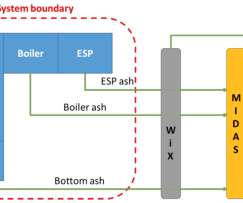
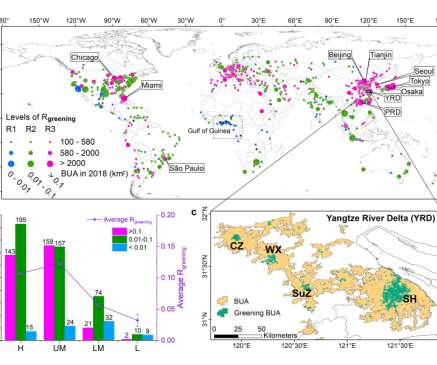

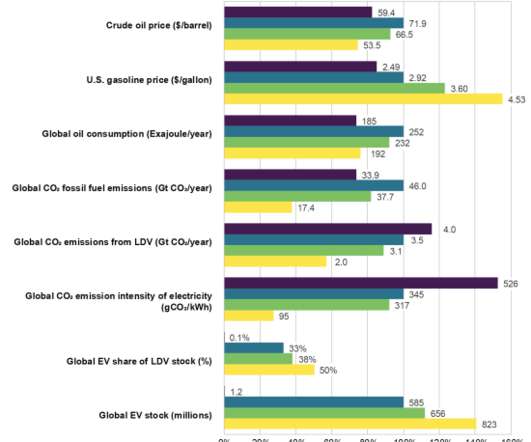







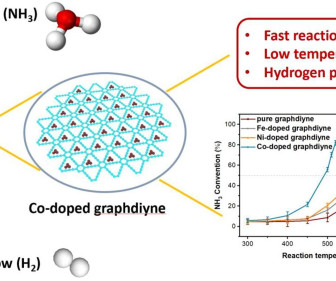









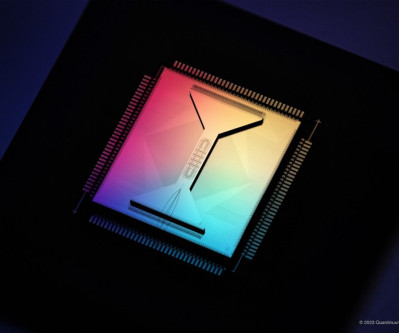



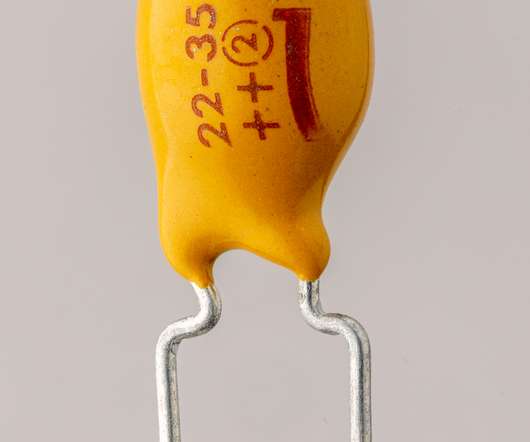









Let's personalize your content